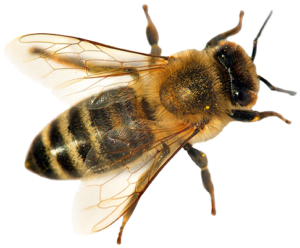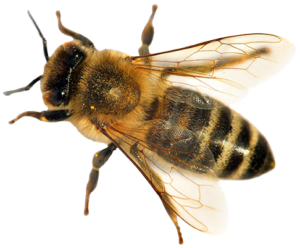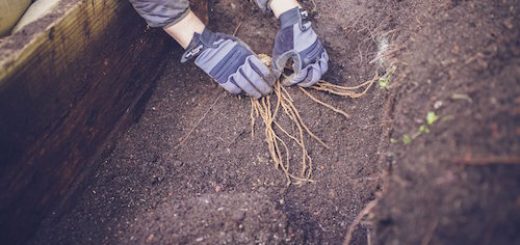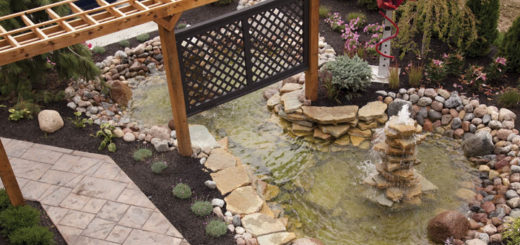Plant Your Own Bee Garden
Bees are vital for the pollination of one third of our basic food staples. These insects have been pollinating plants for millions of years, as long as there have been flowers on the planet, giving us bountiful fruit, herbs, and vegetable harvests. A bee garden can be a beautiful and fun way to view bee activity, as well as enjoying the fruits of their labors.
The first thing to decide when considering planting a bee garden is location. You need only a small plot of land for a bee garden—it can even be a window container or rooftop—to create an inviting oasis for bees. If you have room, consider growing your bee garden in a part of your yard that is currently lawn. This will reduce your yard’s water consumption and provide you with something much prettier to look at than the grass. If that is not an option, pick a beautiful, sunny spot where you can view your beautiful garden the bee activity going on.
 single flower tops for your bee garden such as daisies and marigolds, rather than double flower tops such as double impatiens. Double headed flowers look showy but produce much less nectar and make it much more difficult for bees to access pollen. Plant at least three different types of flowers in your garden to ensure blooms through as many seasons as possible. This will provide bees and other pollinators with a constant source of food.
single flower tops for your bee garden such as daisies and marigolds, rather than double flower tops such as double impatiens. Double headed flowers look showy but produce much less nectar and make it much more difficult for bees to access pollen. Plant at least three different types of flowers in your garden to ensure blooms through as many seasons as possible. This will provide bees and other pollinators with a constant source of food.
In Spring plant crocus, hyacinth, borage, calendula, and wild lilac. Summer calls for hosta, foxglove, snapdragons, and cosmos. Fall enticers can include goldenrod, asters, and zinnias. Avoid using herbicides or pesticides in the bee garden as they not only can be toxic to bees but also are best not introduced to children or adults that visit your garden. Ladybugs, spiders, and praying mantises will naturally keep pest populations in check
Herbs are especially useful for attracting bees. They grow well alongside other garden species, or in specially designed areas, and some are suitable for containers. Low-growing herbs, such as cotton lavender and thyme can even be used to make fragrant green paths. Chives, Fennel, Lavender, Marjoram, Mint, Rosemary, and Sage (especially if left to flower) are favorites.
Let’s not forget that bees need a place to get fresh, clean water. Fill a shallow container of water with pebbles, twigs, or even wine corks for the bees to land on while drinking. Make sure to maintain the container full of fresh water to ensure that they know they can return to the same spot every day in your bee garden.







